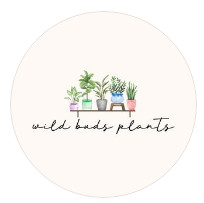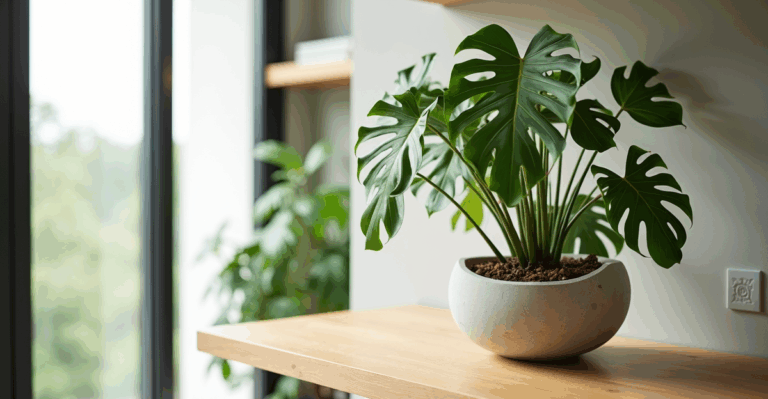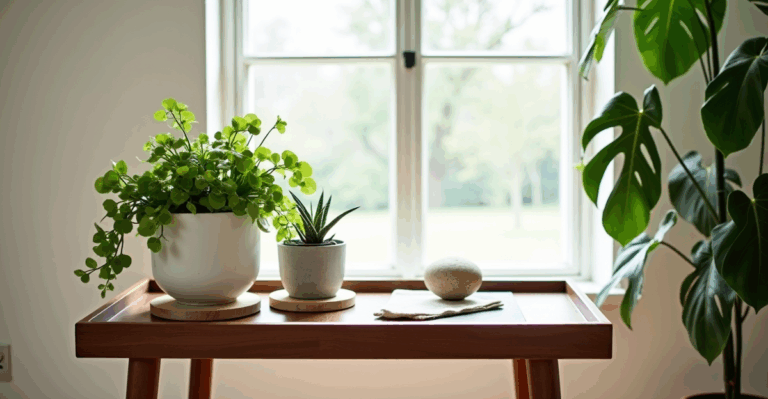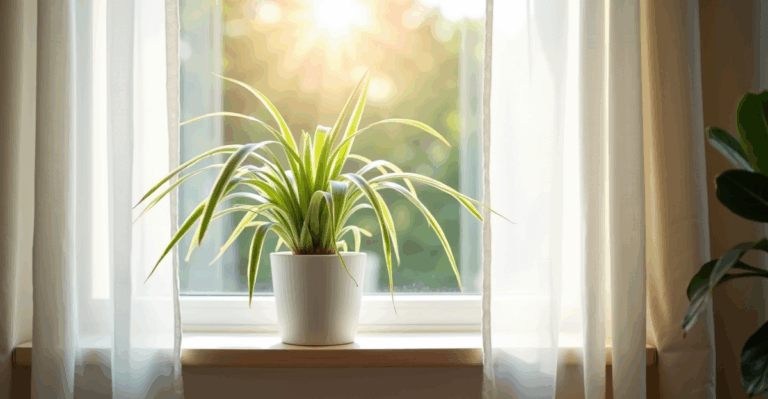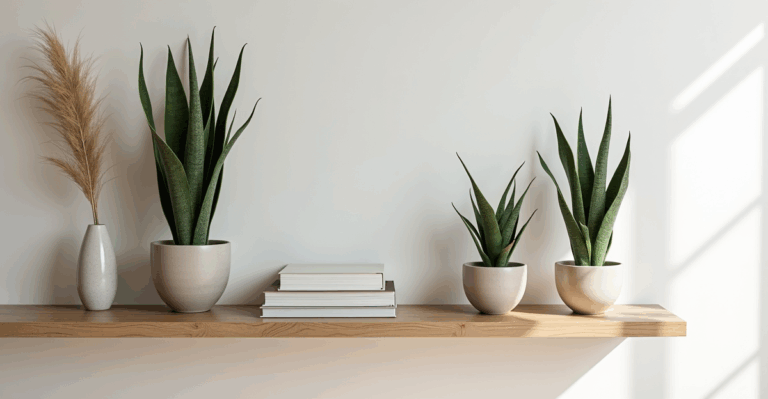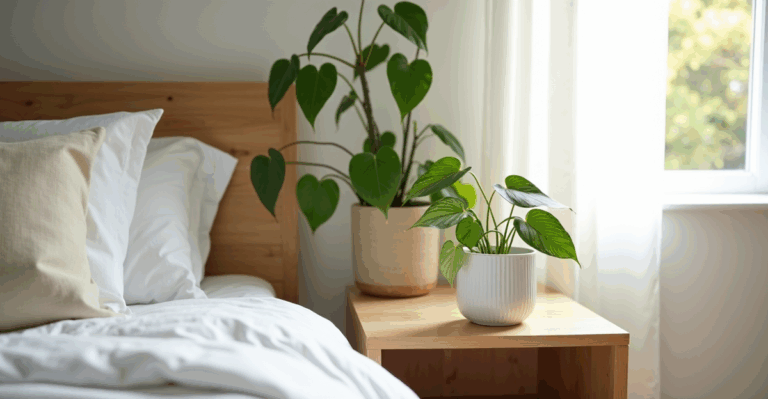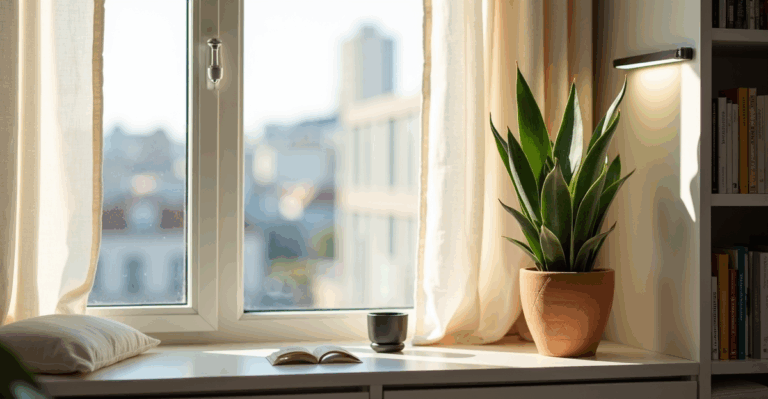Your Rubber Plant Isn’t Just “Bushy” or “Tree” – It’s Your Style Statement (And Here’s How to Choose)
That moment when you pick up a rubber plant from the nursery, expecting a tall, elegant silhouette, only to find it’s a dense, leafy ball? We’ve all been there. It’s not a mistake—it’s a choice you can make, and it changes everything about how you care for it and where it lives in your home. Rubber plants (Ficus elastica) are famously adaptable, but their form—bushy or tree-like—dictates their light needs, watering rhythm, and even how they fit into your room’s vibe. Choosing wrong can lead to leggy growth, drooping leaves, or a plant that just looks out of place. Let’s cut through the confusion.
Why “Bushy” and “Tree” Aren’t Just Looks – It’s About Intention
First, let’s clear the air: there’s no species difference between a bushy rubber plant and a tree form. The difference comes from how you prune and train it. A “tree” is simply a rubber plant with its lower leaves removed and stems encouraged to grow upward, often with a support like a moss pole or stake. A “bushy” plant is one where you’ve kept the lower branches intact and pruned the top to encourage lateral growth. This isn’t just aesthetics—it’s practical ecology. A tree form needs strong, direct light to maintain its height and leaf density, while bushy varieties can thrive in slightly lower light conditions, making them perfect for corners or rooms with north-facing windows.
The hidden cost many miss: Trying to force a bushy plant into a “tree” shape without adequate light. You’ll end up with a tall, thin stem with sparse leaves—like a skinny sapling in a foggy forest. It’s not the plant’s fault; it’s the light mismatch.
Light: The Non-Negotiable Factor (And Why “Bright-Indirect” Isn’t Enough)
Let’s get real: “bright-indirect light” is vague. For rubber plants, it means at least 10,000–15,000 lux for a tree form (think 3–5 feet from a south or west window on a cloudy day), or 6,000–10,000 lux for bushy varieties (a few feet from an east window or a few feet back from a south window). A north-facing bedroom? A bushy rubber plant will be your best friend. A south-facing room with a sheer curtain? Both forms can thrive, but the tree form will look dramatic.
Real-world example:
We had a client with a south-facing studio apartment. They bought a “tree” rubber plant for the corner, but it started dropping leaves after a few months. The issue? They kept it too close to the window (only 1 foot away), causing light burn on the new growth. We moved it 3 feet back, and within weeks, the leaf drop stopped. A bushy form would’ve tolerated that close-but-too-bright spot better—its lower leaves would’ve provided some shade for the new growth.
Trade-off to note: A tree form requires that strong light to stay compact. If your space is dim, a bushy plant is far more forgiving. Don’t fight the light—work with it.
Watering: The Bushy vs. Tree Cadence (It’s Not Just About Size)
Here’s where most people trip up: they water based on the plant’s look, not its structure. A bushy rubber plant (with multiple stems spreading out) typically has a shallow root system that dries out faster than a tree’s deep, concentrated roots. A tree form, with a single trunk and deeper pot, holds moisture longer.
How we adjust:
– Bushy: Check the top 2–3 inches of soil. If it’s dry, water thoroughly until it drains out the bottom. This might mean watering every 7–10 days in spring/summer.
– Tree: Wait until the top 4 inches are dry—often every 10–14 days. Overwatering a tree is common because people assume “big plant = needs more water,” but the opposite is true.
Edge case: If you’re using LECA (clay pebbles) or a self-watering pot, both forms will need less frequent watering—just check the reservoir level. But a bushy plant in LECA might still need a bit more frequent top-up than a tree due to its shallower roots.
Styling: Where Each Form Fits (And Where It Doesn’t)
This is where your space and your style come together. A bushy rubber plant isn’t just “smaller”—it’s a textural anchor. It’s perfect for:
– A bookshelf shelf (3–4 feet high) where its rounded shape complements books and decor.
– A corner with low light (like a north-facing bedroom), where it adds lushness without needing prime real estate.
– A small desk or side table, where its compact size is charming, not overwhelming.
A tree form is a statement piece. It needs:
– Floor space (at least 3–4 feet tall) to show off its height.
– A spot where it can be seen from multiple angles (like a living room corner or beside a sofa).
– A clean background (a plain wall, not a busy patterned one) so the silhouette shines.
Avoid the “tree in a tiny room” trap: We once saw a client try to fit a 6-foot tree rubber plant in a 10×10 bedroom. It dominated the room, blocked light, and made the space feel cramped. A bushy form (3 feet tall) would’ve been ideal there. Size matters more than you think.
The Simplest Care Shifts (That Make All the Difference)
- Pruning for Form: For a bushy plant, pinch back the top growth every 6–8 inches to encourage branching. For a tree, only remove the lowest leaves (not the entire lower branch) to keep it tidy.
- Seasonal Shifts: In winter, both forms need less water (wait 3–4 days longer between waterings) and less fertilizer. A bushy plant may also lose a few lower leaves if light is low—this is normal, not a sign of illness.
- Humidity & Airflow: Rubber plants love humidity (40–60%), but they also need airflow. Avoid placing them in a sealed greenhouse cabinet unless it has a fan. A tree form in a still, humid spot is more prone to fungal issues than a bushy one (which has better air circulation through its leaves).
Pitfall to avoid: Using a decorative ceramic pot without drainage holes for a tree form. The deep roots will sit in water, leading to root rot. Always use a pot with drainage, even if you put it in a cachepot.
The Real Talk: When “Bushy” or “Tree” Just Won’t Work
- Bushy isn’t for you if: You have a very sunny south window and want a dramatic, tall plant. A bushy plant will become leggy and weak in that light.
- Tree isn’t for you if: You live in a low-light apartment (e.g., a basement or room with no windows) or have kids/pets who knock over tall plants. A bushy plant is more stable and forgiving.
- Both forms fail if: You over-fertilize (use half-strength liquid fertilizer monthly in spring/summer). This causes salt buildup, leading to brown leaf edges. Flush the soil with water once a month to prevent this.
The Takeaway: Let Your Space Guide Your Plant (Not the Other Way Around)
Your rubber plant’s form isn’t about what’s “popular” or “easy.” It’s about what your home needs right now. If your room feels sparse and flat, a bushy rubber plant adds lushness without demanding a prime spot. If you have a tall, sunny corner begging for a focal point, a tree form makes it sing. The goal isn’t to force a plant into a shape—it’s to shape your space around the plant you already have.
When you’re ready to grow your setup, explore our 3D-printed planters.
Key Takeaways
– Bushy rubber plants thrive in lower light (north windows) and need more frequent watering.
– Tree forms demand strong light (south windows) and water less often.
– Both shine when their form matches the space—not the other way around.
